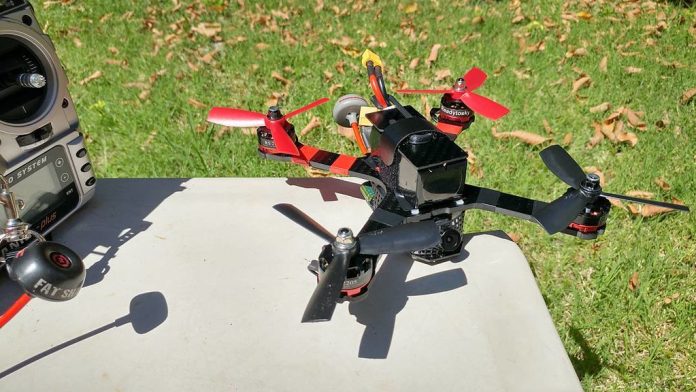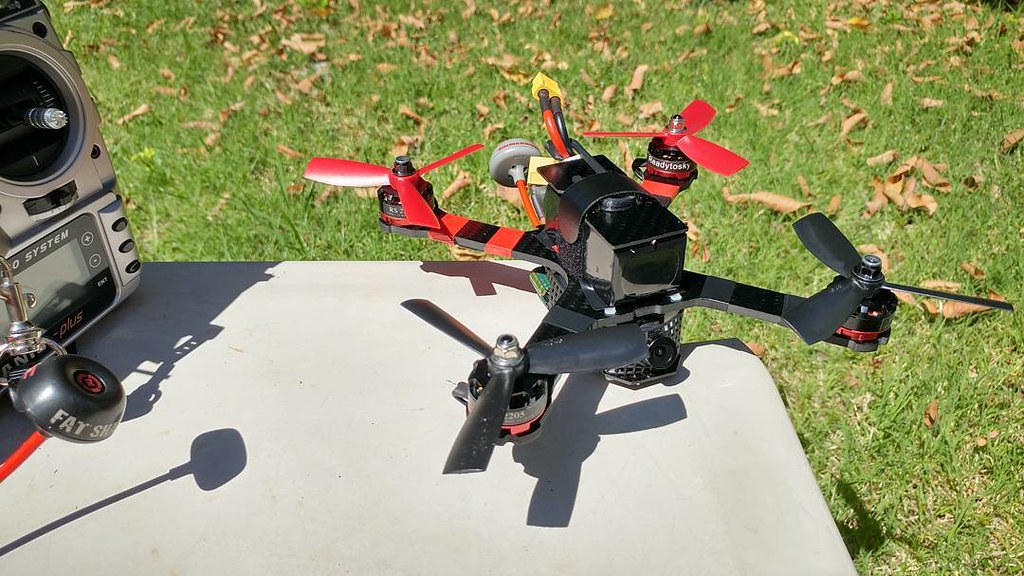
The Black Sea’s newest arms race doesn’t start with a bang it begins with a swarm. On a sweltering August morning, Ukrainian defense expert Serhii “Flash” Beskrestnov rang the alarm bell: “With this post, I am drawing attention to the appearance of a new threat. Anyone familiar with what Rubicon is knows that this is not a joke.” In order not to be caught off guard, we must create systems for detecting and destroying attack boats. Even FPV drones can effectively cope with this. The most important thing is to make a single defense system, he stressed.
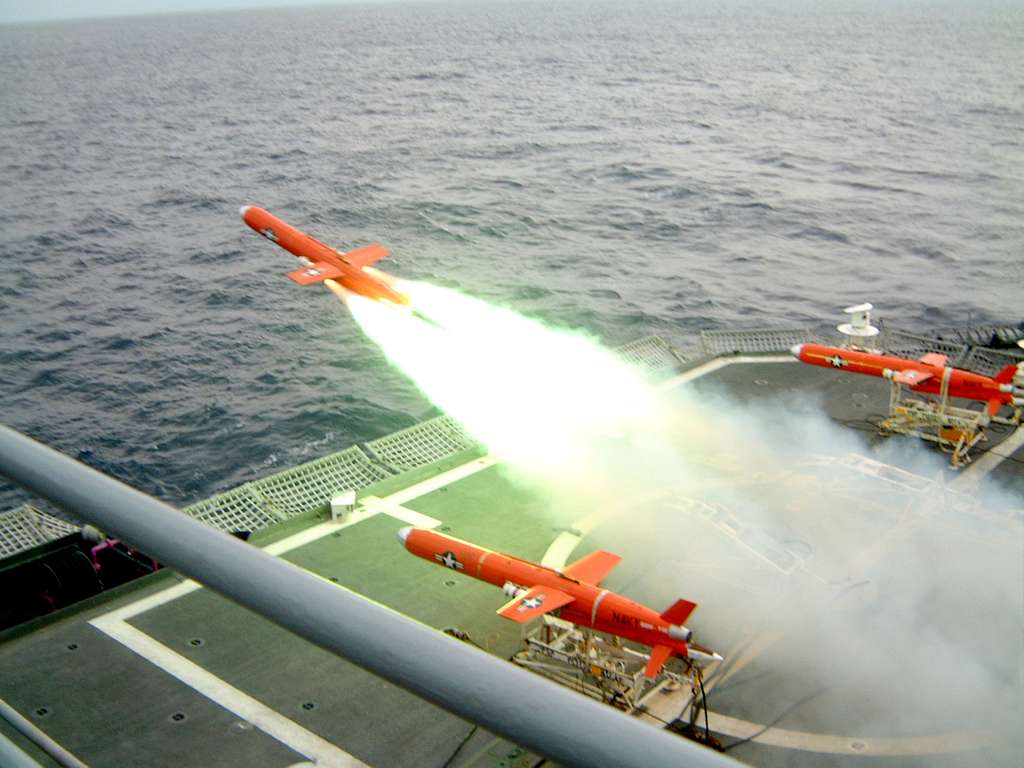
1. The Scale of the Swarm Threat
Beskrestnov’s call to action is based on Russia’s fast development of unmanned surface vessel (USV) technology. As his analysis put it, the Rubicon Center for Unmanned Systems now has the capability to deploy as many as 400 unmanned strike boats in a unified attack a scale of the Shahed drone barrages that have pummeled Ukrainian infrastructure. These USVs are not confined to open water: “They can even drop the boats straight onto the shore, with fragmentation munitions aboard,” Beskrestnov wrote. The purpose is obvious offshore towers, ports, ships, and strategic maritime infrastructure are all accessible.

2. Murena-300: Russia’s Response to the Magura
The pièce de résistance of this new fleet is the Murena-300 unmanned surface drone, which was first unveiled at the Army-2024 defense exhibition. Ukrainian Defense Intelligence confirmed its sighting in a June attempt to attack Pivdenne, adding, “There is a high likelihood that russia has finished the development of unmanned strike boats, which would be a serious danger to civilians in coastal towns.” The Murena-300’s dimensions are remarkable: 5.5 meters long, 1.4 meters wide, a 500 km operating range, and a 500 kg payload sufficient for a substantial explosive load or precision munitions. The composite-hulled vessel has a top speed of 45 km/h, and the sensor payload consists of a 40x optical zoom camera, infrared camera, thermal imager, and LIDAR. Interestingly, the boat is powered by a Mercury outboard motor and has a low-profile, semi-planing hull a design inspired by the Soviet-era powerboats but with unmanned operation in mind.
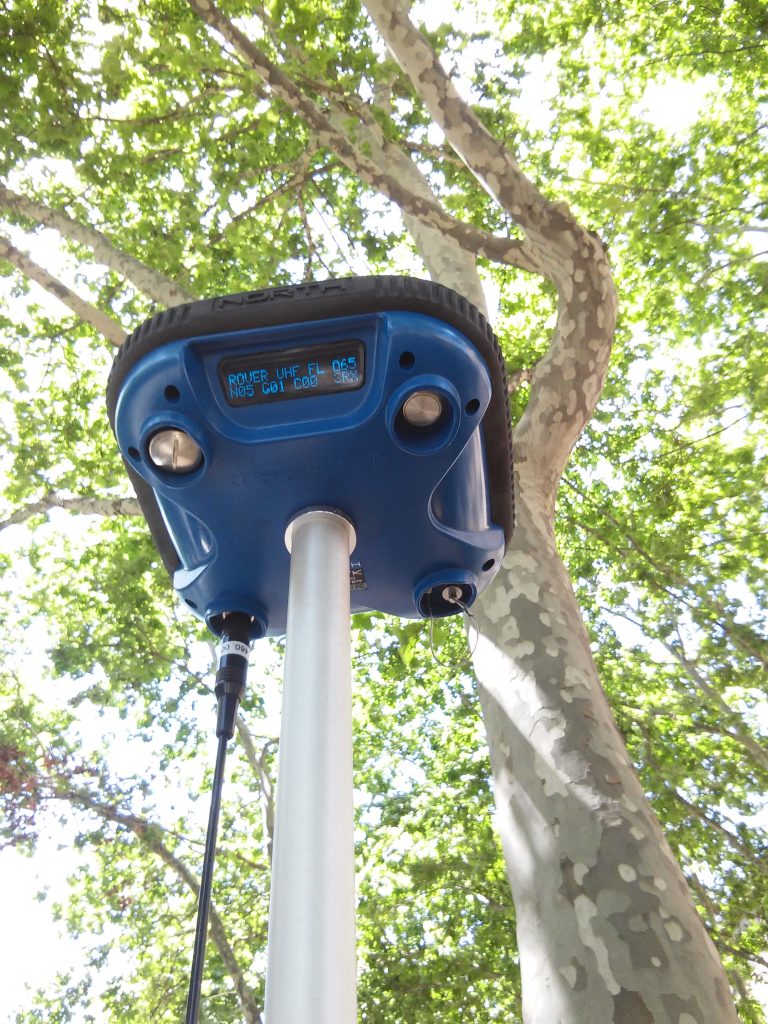
3. Communications, Navigation, and Autonomy
A key enabler for these USVs is their sophisticated communications package. The Murena-300 boasts “permanent high-speed access to the Internet on board,” complete with “On-line Interference-proof GNSS” and an inertial navigation unit. Among the exhibits at Army-2024, analysts spotted what looked like a Starlink antenna, camouflaged but detectable a reference to the same satellite comms technology that has proven so valuable for Ukrainian USVs.

Real-time remote guidance is therefore possible, with operators being able to guide the drone to its target with accuracy. The addition of LIDAR and multi-spectral sensors indicates a platform that can navigate autonomously as well as acquire targets, even in hostile electromagnetic environments.

4. Swarm Command Algorithms and Operations Doctrine
The operational jump is not so much in hardware, but in software. Swarm coordination algorithms, now a focus of both Russian and Western research, enable distributed control of large USV fleets. The U.S. Office of Naval Research’s CAST program points out the advantage of “cooperative operations of unmanned maritime systems” where “swarms seem to be an attractive solution if high-redundancy and absence of single-point of failure are needed.” Practically speaking, this would involve Russian USVs attacking on multiple vectors, saturating static defenses and penetrating radar blind spots.
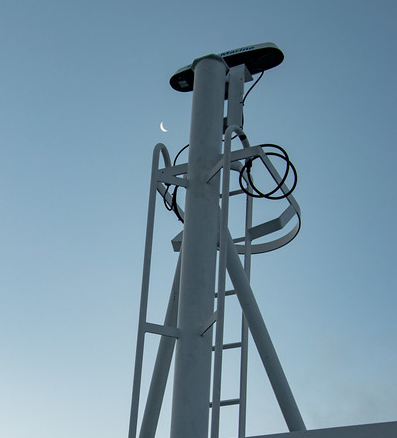
5. Detection: Radar, Acoustic, and Multisensor Fusion
Protection against such swarms needs a layered sensor solution. Conventional marine radars, although good at long range, are unable to cope with the low profile and small radar cross-section of USVs such as the Murena-300 in cluttered coastal waters. Current research highlights the strength of millimeter-wave (MMW) radar and radar-camera fusion for small target detection, with algorithms like ROTracker using Doppler velocity and spatial clustering to provide real-time tracking of USVs. LiDAR and EO/IR sensors provide additional robustness, especially in adverse lighting or weather, but their high expense and data processing requirements preclude broad deployment.
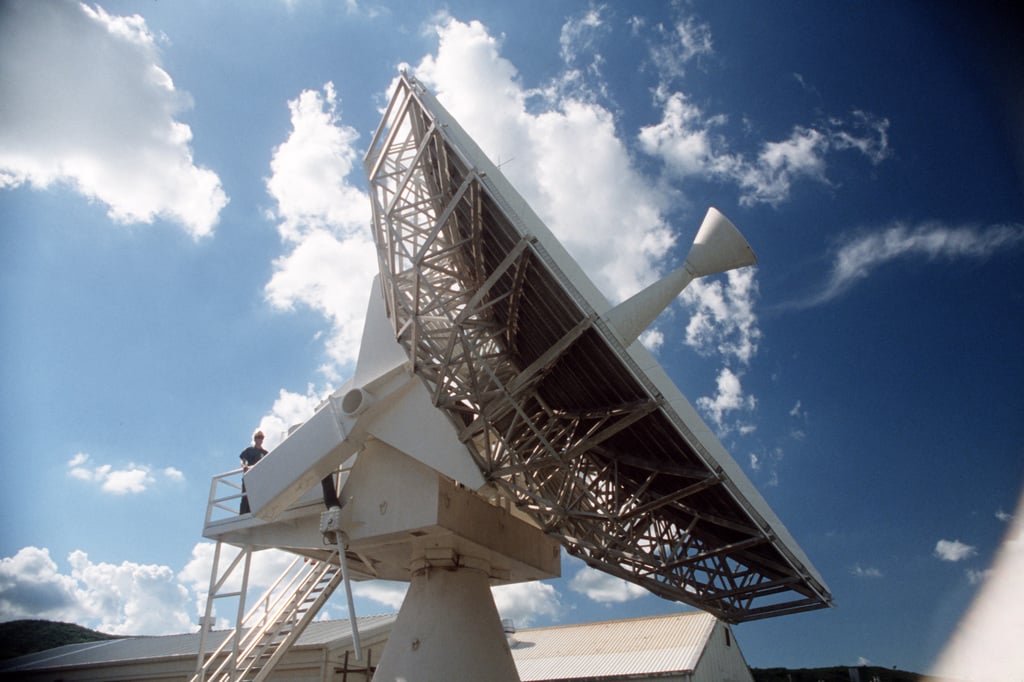
6. Integrated Sensing and Communication (ISAC) Protocols
New concepts in defense are looking to use integrated sensing and communication (ISAC) protocols, using existing 4G/5G infrastructure to offer communications as well as radar-like sensing. The 3GPP industry standards body is exploring ISAC capabilities for future releases, with a view to supporting “localization, tracking, and identification of small UAVs” and, by implication, USVs, using combined radar-communications waveforms. Such a dual-use function might provide scalable, low-cost detection across key maritime areas.

7. Electronic Warfare and Countermeasures
Electronic warfare (EW) is a two-edged sword. The Murena-300 is referred to as “resistant to electronic warfare,” but its dependence on satellite and GNSS links makes it vulnerable to jamming and spoofing. Directed-energy systems, RF jammers, and GNSS spoofers are already operational in NATO navies, but the spread of autonomous guidance and inertial navigation systems across USVs makes EW calculations more difficult. As Zachary Kallenborn and Marcel Plichta noted, “Directed-energy and kinetic weapons intended to counter UAVs are also being tested against unmanned surface vessels (USVs) and unmanned ground vehicles (UGVs).” The competition is on to deploy integrated, adaptive EW suites capable of countering not only single drones, but coordinated swarms(EW and countermeasures analysis).
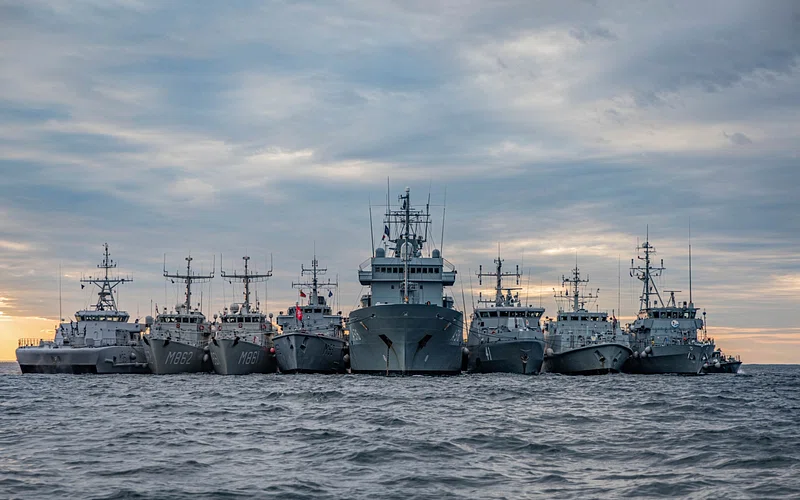
The accelerated development of unmanned naval warfare is revolutionizing the Black Sea as a testing ground for swarm operations, advanced sensors, and networked electronic warfare. The capacity to detect, track, and disable hundreds of low-profile, high-speed strike boats will challenge the capabilities of existing naval defense systems and propel a new generation of technological development in maritime security.
